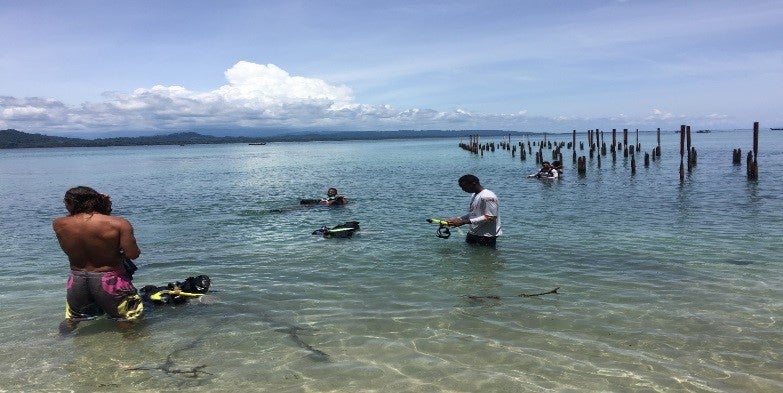
COSTA RICA FALL FIELD SCHOOL
See our website for more information:
Expedition 2015 https://sites.ecu.edu/hist5530/
Expedition 2016 https://sites.ecu.edu/expeditioncostarica/
Reports:
This fall Professor Harris will lead the Program in Maritime Studies of East Carolina University Field school in the southern Caribbean part of Costa Rica. Students will conduct a variety of underwater archaeological searching, surveying, mapping and recording techniques on shipwreck sites in Cahuita Bay (the “Cannon and Brick Sites”) and the shoreline and reefs of Punta Cahuita. Students will be supervised and attended to by one faculty instructor, a staff archaeologist and a dive safety officer and a visiting guest NC state field archaeologist and conservator. Keep in mind this is a classroom situation and all program protocols will be followed. Teams are responsible for compiling data, working on drawings, photographs and processing field information. After hours work is anticipated and the team will assist with community workshops and public outreach initiatives. Students are also reminded that as representatives of the Program and East Carolina University, they are expected to behave accordingly and respectfully, especially in a foreign country.
This field school has interrelated teaching, research, outreach, and community engagement goals.
We intend to focus our attention on Cahuita Bay, where we have been recording since 2015. We will remap the cannon site to observe changes over the past year and search for new features or sites a. around the point b. between the two sites c. along the shoreline and reef line. Please note there will be a lot of swimming and snorkeling. Please make you are in good physical condition for aquatic activity. We will incorporate some fitness exercises into our field school preparation during the first week of classes to gauge each of your abilities.
This expedition will provide field school participants an opportunity to be involved in a project that is engaged and closely integrated with the local community plus service learning. Field school students will be able to receive NAS credit for their activities, or help coordinate and instruct NAS content. The primary intention of training local people is to provide them with training that may assist in the study and preservation of their underwater cultural heritage.
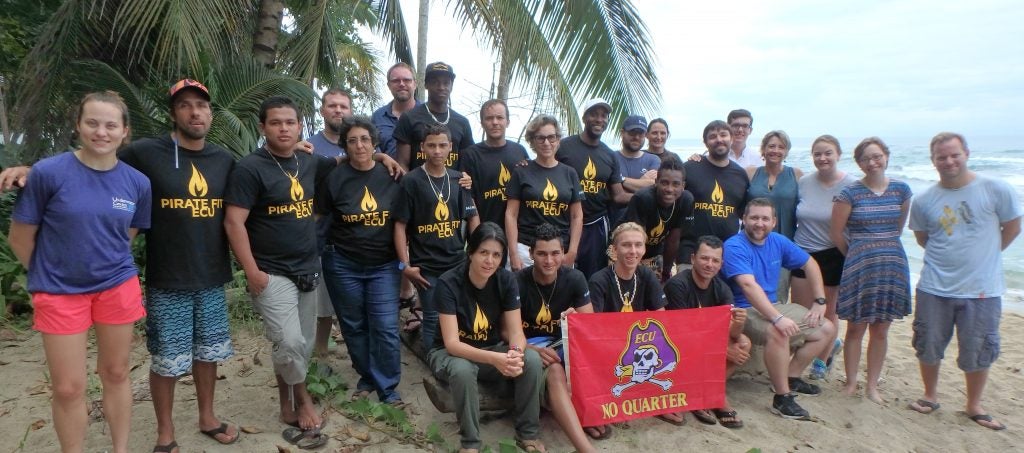
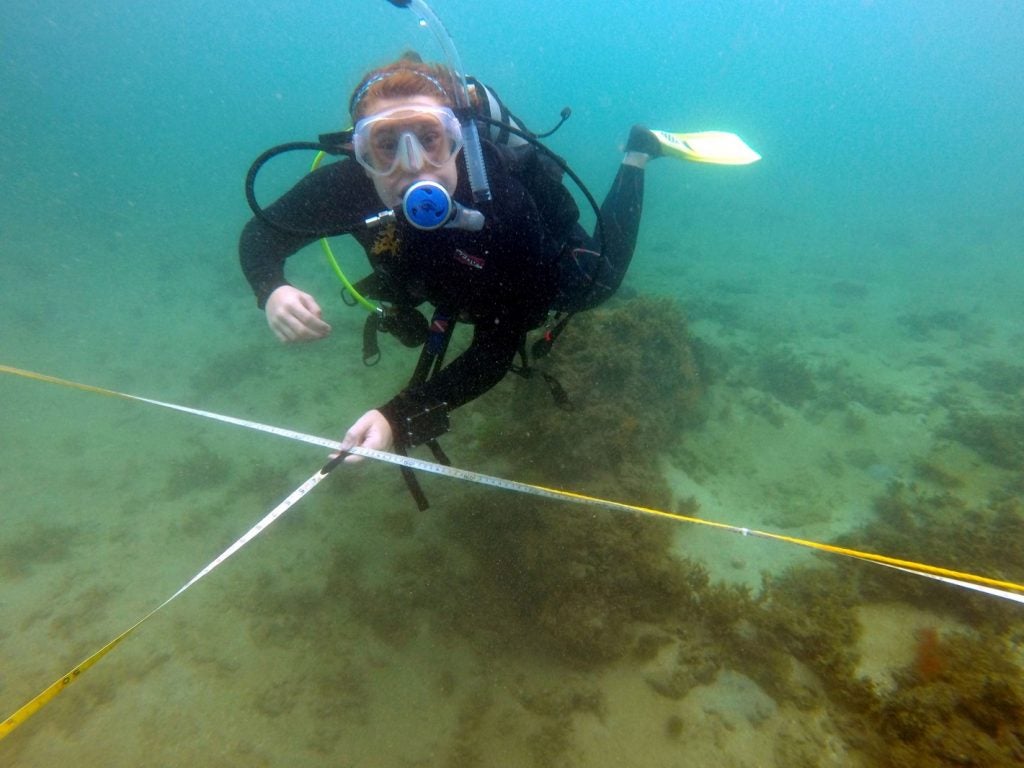
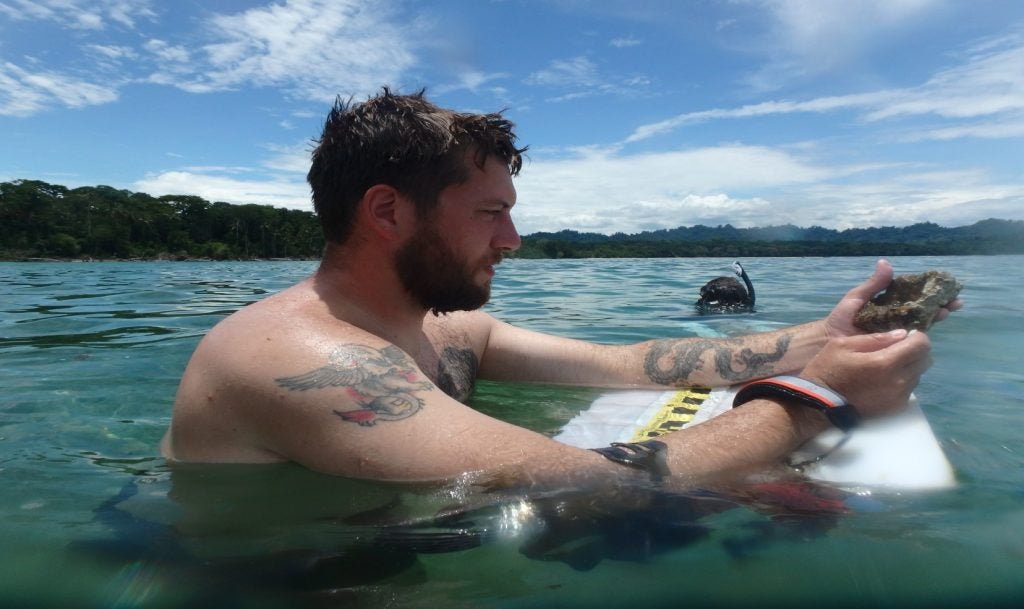
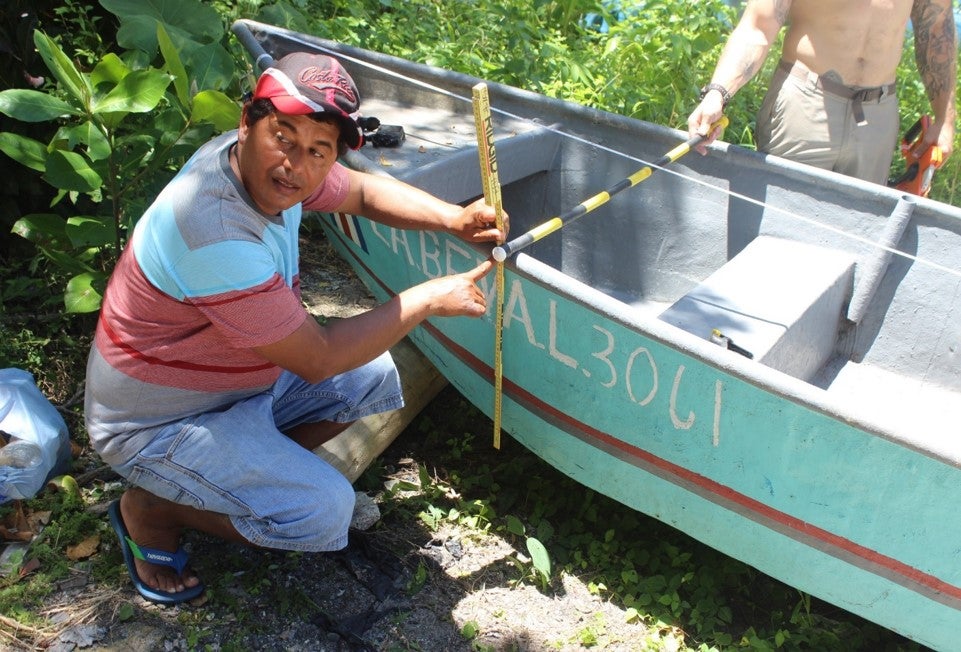
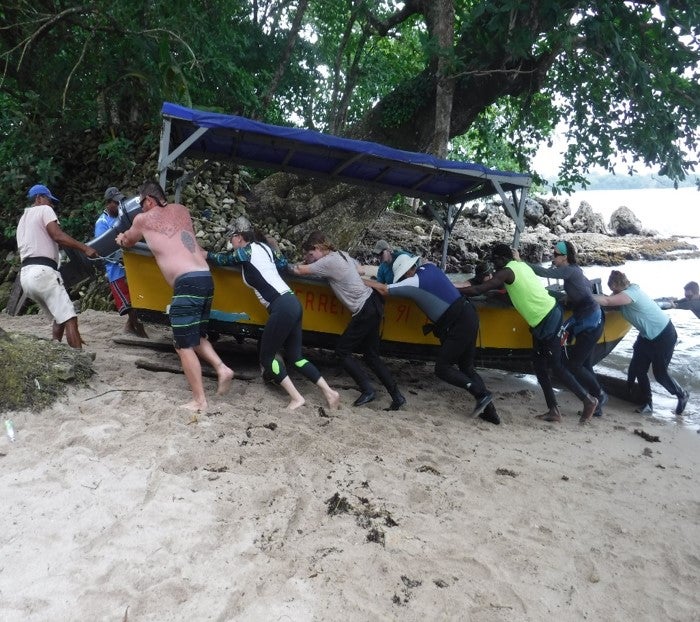
We will conduct the following tasks
- Diver search patterns
- Photography, videography, photo mosaics, photogrammetry
- Geo-spatial mapping of the wreck debris fields
- Artifact drawings
- Site plans
- Cannon and anchor recording
- Analyzing site formation processes
- Fishing boat documentation
- Perform baseline studies of the marine flora and fauna on the sites
- Compile data sets
- Digital drafting
- Total station mapping
- Metal detection
- GPS use
- Conduct historical research
- Write a fieldwork report as a team at the end of the project
- Additional products such posters, underwater slate maps, videos, websites, blogs, and SHA/ACUA photo entries will be considered
A large part of this field school will be working with “The Center” and their students on NAS Introduction, Part 1, 2, and 3 modules. All students will be involved with the NAS training. If you want to get NAS certified, contact Dr. Richards or Dr. Harris. NAS training will include
NAS Introduction Course
- Introduction to NAS
- What is archaeology?
- Archaeological site types
- Archaeological dating methods
- Underwater finds – Heritage laws of Costa Rica
- Two-dimensional site recording methodologies
- Dry practice session
- What is next in NAS training?
NAS Part 1 certification
- Case study – carrying out an archaeological project
- Participant project planning workshop
- Area search and survey methods – locating and exploring a site
- Project safety and logistics – working a site
- Practical session 1 – getting to know a site
- Introduction to three dimensional survey
- Participant planning session
NAS Part 1 certification
- Dealing with finds (conservation)
- Practical session 2: Recording a site
- Creating a three-dimensional site plan
- Understanding and publishing a site
- Discussion
NAS Part II
- NAS Part II certification. It requires:
- 2 days conference attendance
- Completion of a survey project
NAS Part III certification (1/2 to 1 day workshops, depending on weather and logistics)
- Photogrammetry
- Photography
- Anchor recording
- Artifact illustration
- Metal detection
- Recording marine life on shipwrecks
- Using GPS
- Total stations
